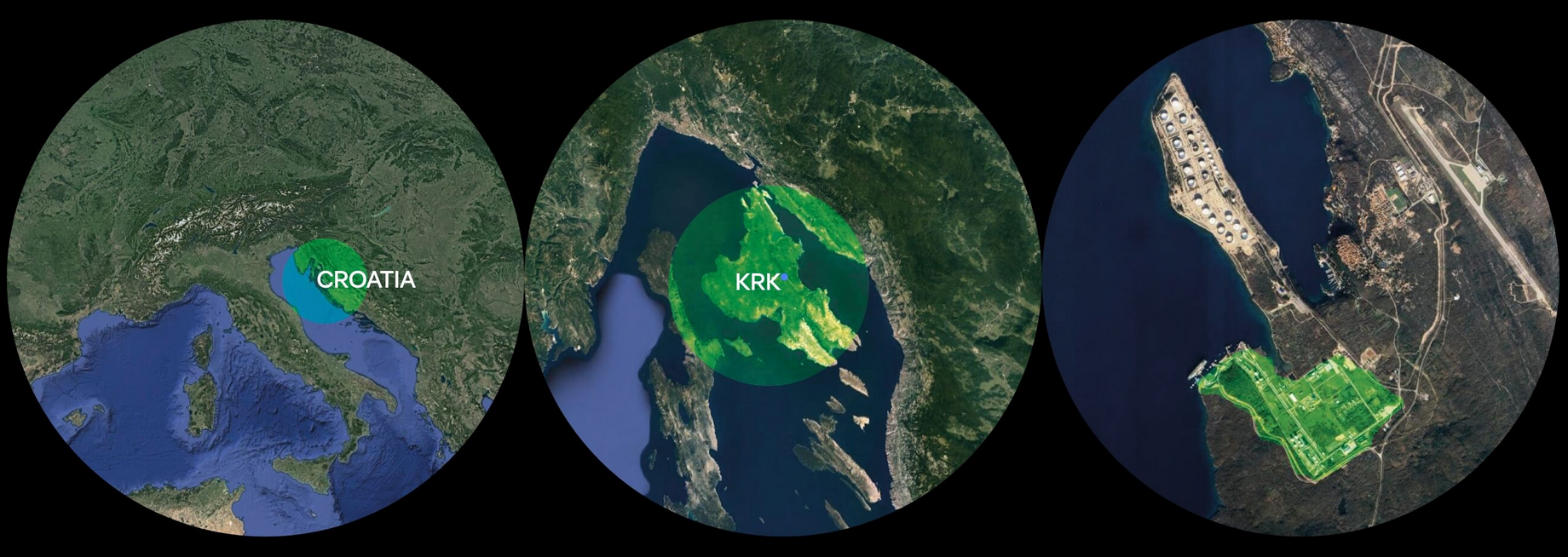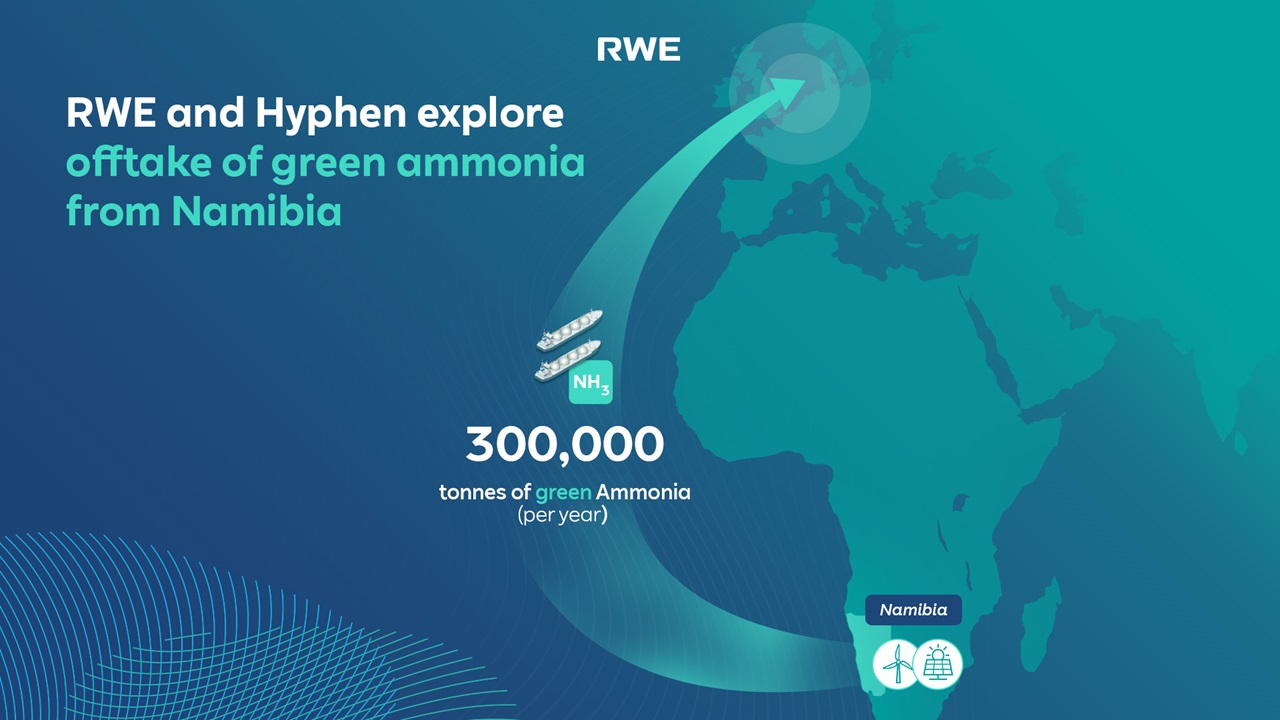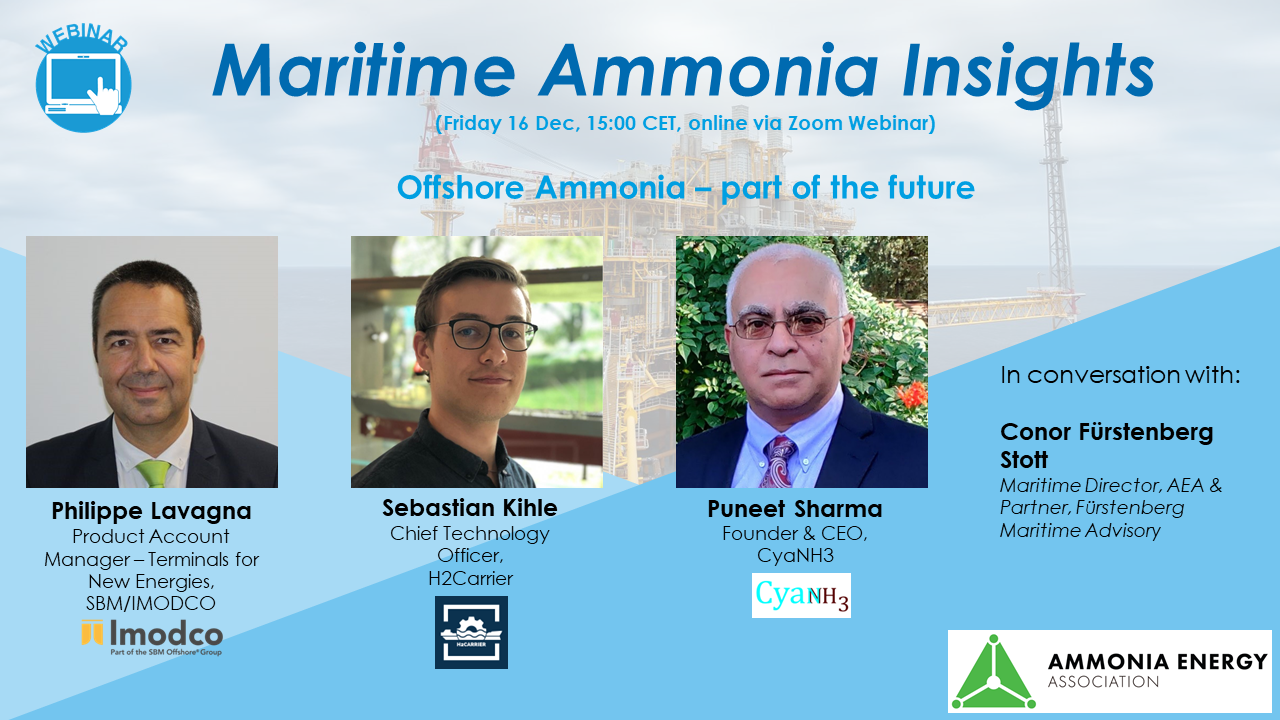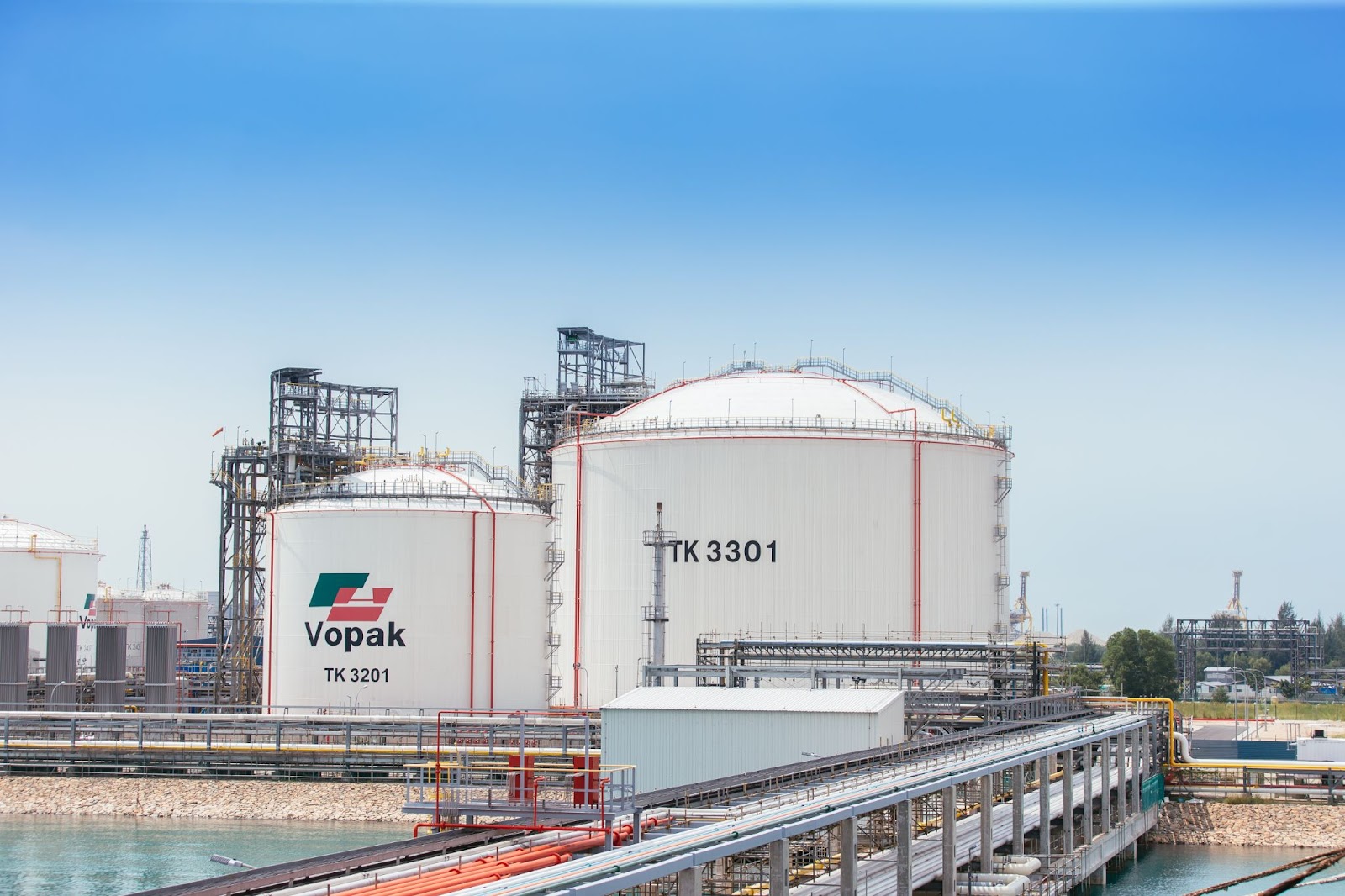Namikata Terminal to be repurposed into an ammonia-ready clean energy hub
Led by Mitsubishi, a new seven-member council will seek to transform Namikata Terminal in southern Japan into an ammonia-focused clean energy hub. The hub will handle over 1 million tonnes of ammonia annually, receiving imports from production hotbeds such as Corpus Christi & Lake Charles on the US Gulf Coast.









